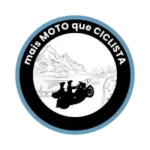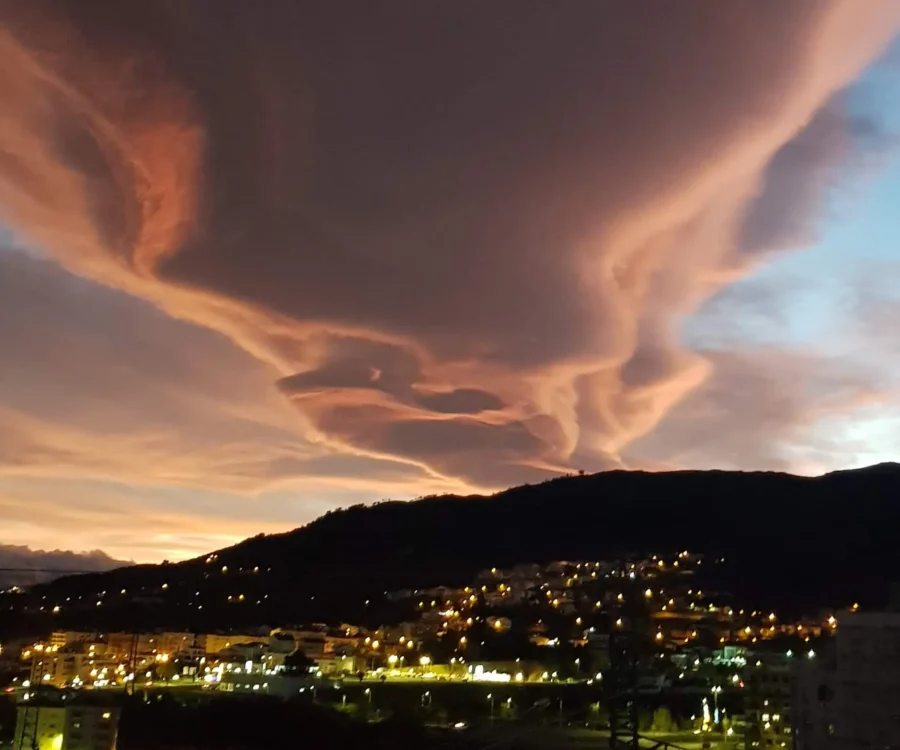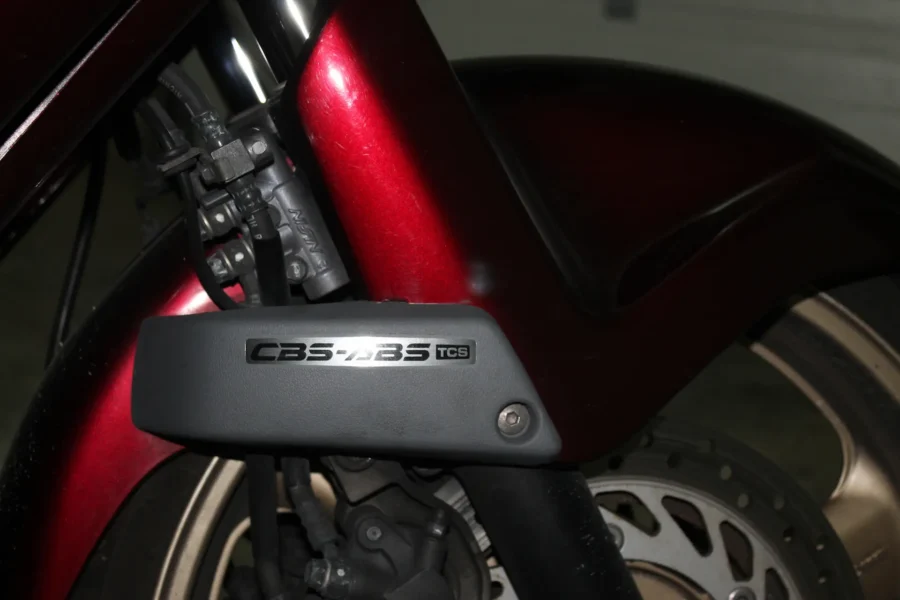These are some rules that I have identified over 34 years as a motorcyclist, which I observe when I ride my motorcycle, and which have already helped me avoid “more serious consequences” in dangerous situations caused by the environment in which we travel, or by the behavior of those who share the road with us.
They are just personal learnings as the result of experienced situations, and not taken from any book or manual.
As there is nothing between the motorcyclist and the environment or other objects around him, there is no such thing as too much prevention to minimize the risks when we ride.
Obviously, there are no legal rules to be followed with regard to safety conduct, other than those contained in the Legal Road Code, but rather rules “created” by experience which, over many hundreds of thousands of kilometers covered, led to identifying some details to pay attention to, which can make a difference in an unexpectedly dangerous situation.
Regardless of the weather conditions or the distance to be covered, I NEVER travel without a helmet (mandatory by law), pants (even just jeans), gloves and a jacket. If it’s a long trip, I’m not giving up on the complete riding suit with its protections. In the event of a fall, even slowly, your hands, knees and elbows will always fall to the ground.
I should also mention that there are precautions to be taken when riding alone, and there are others to add to these when riding in a group.
“Rules” for solo riding
- When I ride in the summer, or in hot weather, I always avoid riding over wet pavement. When the weather is hot, there is no natural liquid in the asphalt. Therefore, there is a strong probability that it is not water, but fuel or oil. (I also perceive this rule when traveling by car, and it has also been very useful then);
- In a tight curve, for example on a highway access or viaduct, we must pay extra attention to the pavement, especially if it is rainy. In dry weather, we observe the previous rule and thus we will be more protected, but if the pavement is wet, extra attention may allow us to identify fuel or oil through the typical colored “waves” that the reflection of these products produces in the tar;
- If we must travel in the same line as the motorcycle in front, we must give a greater distance because if our front wheel touches the rear wheel of the previous motorcycle, it is very likely that we will both fall. We should always try to ride “disjointed” (arranged alternately) from the previous bike;
- In the city, when overtaking a car in a traffic queue, always be sure that the car driver has seen you, as this will help you avoid his maneuver to change direction as you pass. But when I say, “make sure he saw you”, I don’t mean that like some, you spend the entire journey honking your horn. This doesn’t make sense because if, on the one hand, in a traffic queue, according to the Legal Road Code, we cannot move between cars, on the other hand, car/truck drivers are not “forced” to pull over so that we can pass. From my experience driving every day in traffic on the way to work with a large motorbike (even without the side bags), whenever I couldn’t pass, I stopped without having any displeased attitude. Usually after a short time, the car in front would start to maneuver to create space for me to pass. In these situations, I ALWAYS THANKED HIM;
- The previous rule also applies, and with even more emphasis, to other motorcycles. If you don’t see each other and for any reason the handlebars touch… it’s a sure fall.
- If a car (or motorbike) is traveling too slowly and/or the driver is looking around, it is very likely that he will make some maneuver to change direction or park, and that this action will be quick, and most likely without make the necessary flashing (blinkers);
- When overtaking on a motorway, in the left lane, always drive in the middle or more to the left, as this prevents someone from overtaking you between the motorbike and the central divider (this has happened to me with a car!);
- If at a traffic light or an intersection, you stop in front of a car, do not keep your motorcycle at an angle in relation to the car, because if it starts before you and touches you sideways, the motorcycle will immediately fall sideways. If it’s going downhill, something else could also happen (it has already happened to me). The driver of the car may inadvertently let the vehicle roll over, even if very slowly and without realizing it. It will start to “push” the motorcycle, but as it is sideways and the tires do not slip, it will fall over;
- At night, with little traffic, I avoid driving in the right lane on a motorway. The probability of there being debris on the road, such as fallen cargo, remains of burst tires or metal plates covering work in progress is very high, and if there is no one in front, nothing will alert us to this, and the lighting may not be enough for us to see the obstacle in front;
“Rules” for riding in a group
When we ride in a group, meaning a group, two or more motorbikes, in addition to the rules described above for when we ride alone, there are others to be aware of.
There are, for me, two big differences in the way we experience group travel.
- One difference is that in addition to us on the motorbike, we share the journey with someone else on another motorbike or motorbikes.
- Another difference is that this sharing, in addition to pleasure and enjoying the moment, also implies that we share care, alerts and support for those who travel with us.
- We should always try to create a “Staggered formation”, as it gives more space and allows the motorcycle behind to stop next and aside to the one in front in an emergency brake;
- If we identify a danger on the road we are traveling on, we must alert the motorbike following us. This will be done when we avoid that danger, we point with our foot to the side where it is, (this procedure must be imitated by all members of the column and thus mitigate the danger identified for everyone, exponentially increasing the safety of the members of that group);
- We must always respect the place in the column of motorcycles that we are part of;
- There should be no overtaking on the route between members of the group, because if this starts to happen, the type of driving changes, the concern increases exponentially, and the pleasure and enjoyment of the ride will become secondary;
- The motorcycle order should always be to insert the least powerful and/or least autonomous motorcycles in the column, right after the leading motorcycle (in this way, both the average speed and the choice of fueling locations are more appropriate) and visible to everyone. Everyone stops and just refuels whoever needs it);
- If for any reason the column must stop, the leading motorcycle must take into account the number of motorbikes following him and choose an appropriate space, to ensure that everyone can stop safely (except in an emergency). This is one of the most potentially dangerous situations when traveling in a group;
- So that there are no doubts about the conduct to be observed, on any group tour, a “briefing” should be given at the place where all meet, explaining what will happen, the type of route and/or points of greatest danger (hot spots) and which are the rules of behavior when traveling, to maximize everyone’s safety.
Be Safe.
Enjoy your ride.


